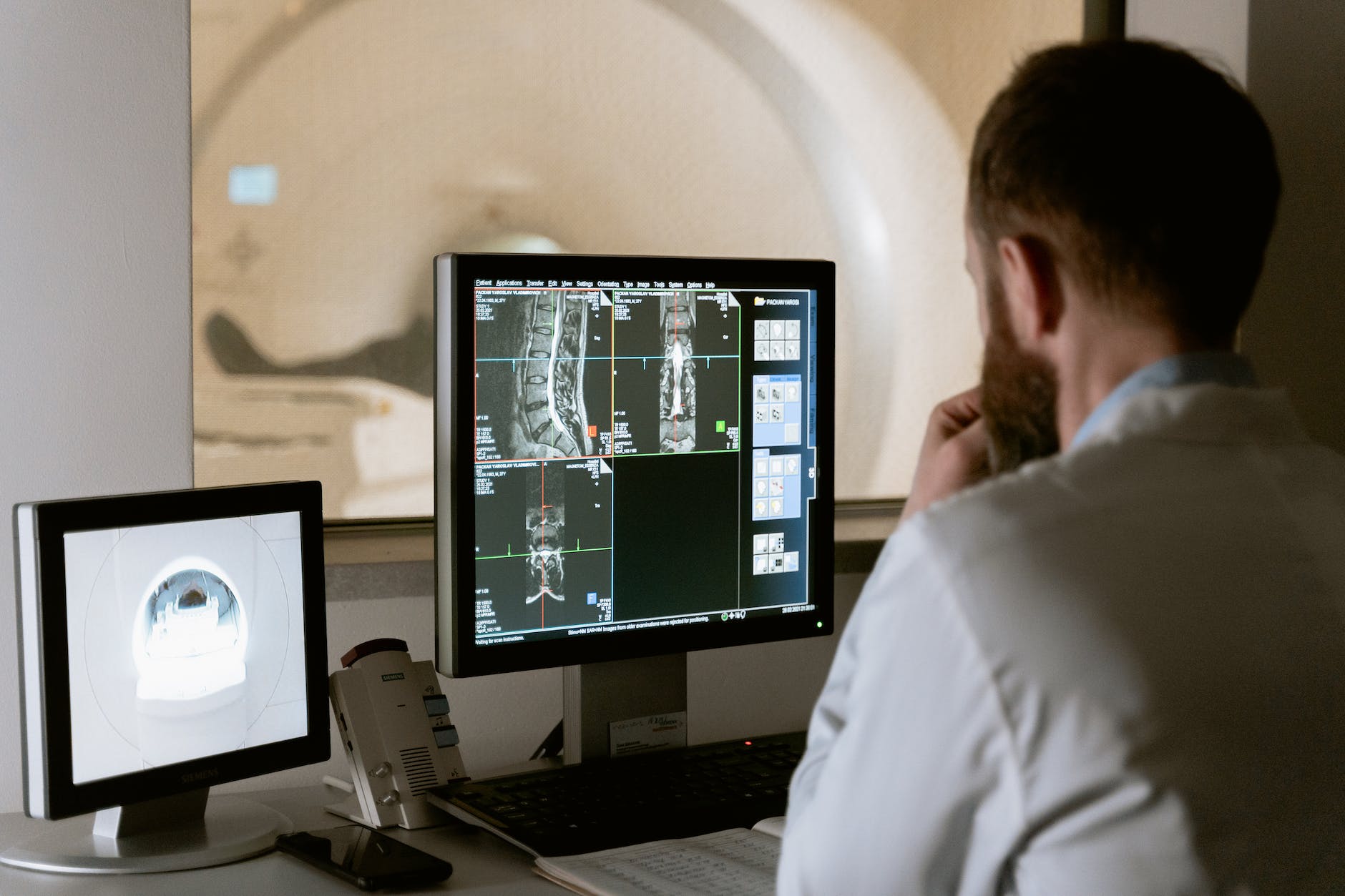
Radiography Safety Hazards and Precautions at Site
Radiography is a valuable technique utilized across diverse industries, including construction, manufacturing, and healthcare, to inspect the internal structure of objects without causing damage. This method employs X-rays or gamma rays to produce images that help identify defects, anomalies, and structural weaknesses. However, the application of radiography comes with inherent safety hazards that need to be effectively managed to ensure the protection of both workers and the environment. In this comprehensive article, we will delve into the potential hazards associated with radiography and delve into the crucial precautions that must be taken to guarantee the safety of personnel and the surrounding environment.
Introduction
Radiography Safety Hazards and Precautions at Site
Radiography is a technique that plays a critical role in understanding the internal composition of objects without resorting to destructive methods. This is particularly important in fields such as manufacturing, where ensuring the integrity of components is vital, and in healthcare, where diagnosing ailments requires accurate imagery. Nonetheless, the benefits of radiography must be balanced with a thorough understanding of the associated safety hazards. It is crucial to recognize the potential dangers and take proactive measures to mitigate them.
Types of Radiography
X-ray Radiography
X-ray radiography involves the use of electromagnetic radiation to penetrate materials and create images. It is commonly used in medical diagnostics and industrial applications, such as inspecting pipelines and welds for defects.
Gamma Ray Radiography
Gamma ray radiography utilizes gamma rays, which are highly penetrating electromagnetic radiation, to create images. This method is employed in scenarios where thicker materials need to be examined, such as in the aerospace industry.
Radiography Safety Hazards
Ionizing Radiation Exposure
Ionizing radiation, emitted during radiography, can have severe health implications. Prolonged exposure may result in radiation sickness, DNA damage, and an elevated risk of cancer. Workers who frequently handle radiation sources are particularly vulnerable.
Electromagnetic Radiation
Electromagnetic radiation emitted during radiography can interfere with sensitive electronic equipment, leading to malfunctions. Individuals with certain medical devices, like pacemakers, also need to be cautious near radiography areas.
Radioactive Material Handling
Handling radioactive materials demands extreme care. Accidental spills or improper handling can lead to contamination of both the immediate environment and personnel. It’s vital to follow strict protocols when transporting, storing, and disposing of radioactive materials.
Equipment Malfunction
Equipment used in radiography can malfunction, potentially leading to unintended radiation exposure. Regular maintenance and stringent quality checks are essential to ensure the safe functioning of radiography equipment.
Fire and Explosions
Radioactive sources, if mishandled or damaged, can pose a risk of fire or explosion. This is especially true in environments where flammable materials are present. Proper storage and handling are crucial to prevent such incidents.
Precautions and Safety Measures
Personnel Training and Certification
The individuals operating radiography equipment must undergo specialized training and certification. This ensures that they possess the knowledge to handle equipment safely, minimize exposure, and respond effectively to emergencies.
Restricted Access Zones
To prevent unauthorized access to hazardous radiography areas, restricted access zones should be established. Only authorized personnel with proper training and equipment should be allowed to enter these zones.
Personal Protective Equipment (PPE)
The use of personal protective equipment (PPE) is non-negotiable. Workers must wear appropriate gear, such as lead aprons, gloves, and goggles, to minimize direct exposure to radiation.
Radiation Monitoring Devices
Constant monitoring of radiation levels in radiography areas is essential. Radiation monitoring devices help ensure that levels remain within safe limits and provide early alerts in case of unexpected increases.
Secure Transportation of Radioactive Sources
Transporting radioactive sources requires secure packaging and adherence to regulations. Preventing accidents during transportation is crucial for avoiding exposure to the public and the environment.
Emergency Response Planning
Developing a comprehensive emergency response plan is crucial. This plan should outline steps to take in case of incidents involving radiation, including evacuation procedures, medical assistance, and containment measures.
Proper Equipment Maintenance
Regular maintenance and calibration of radiography equipment are vital. This prevents malfunctions that could result in unintended exposure and ensures that the equipment functions as intended.
Case Studies: Radiography Incidents
Industrial Facility Incident
In an industrial facility, a radiography incident occurred due to inadequate shielding. As a result, nearby workers were exposed to higher-than-permissible radiation levels. This incident underscores the importance of proper shielding and monitoring.
Construction Site Accident
At a construction site, a radiography device malfunctioned, emitting radiation beyond acceptable levels. The area had not been properly cordoned off, leading to potential worker exposure. This case emphasizes the need for regular equipment checks and clear safety protocols.
Regulatory Compliance and Standards
International Atomic Energy Agency (IAEA)
The IAEA sets international standards for the safe use of radiation sources and equipment. Following their guidelines helps ensure uniformity in safety practices across different regions.
Occupational Safety and Health Administration (OSHA)
OSHA provides guidelines specific to workplaces in the United States. Adhering to OSHA regulations is crucial for maintaining a safe work environment and avoiding legal complications.
Radiography Best Practices
Use of Remote Handling Equipment
Utilizing remote handling equipment minimizes the need for personnel to be in close proximity to radiation sources. This reduces the risk of exposure and enhances overall safety.
Minimization of Exposure Time
Keeping exposure time to a minimum is a fundamental principle of radiography safety. The less time individuals spend near radiation sources, the lower their cumulative exposure.
Distance and Shielding
Maintaining a safe distance from radiation sources and using appropriate shielding materials are effective ways to reduce exposure. Lead and other dense materials can effectively block radiation.
Environmental Impact and Mitigation
Proper Disposal of Radioactive Waste
The disposal of radioactive waste requires careful consideration. Improper disposal can lead to environmental contamination and pose long-term risks.
Contamination Prevention
Preventing contamination of the surrounding environment is paramount. Strict protocols for handling, transporting, and storing radioactive materials play a crucial role in this aspect.
Radiography Safety Toolbox Talk Meeting
Radiography Safety at Workplace
Hydrotest Safety Toolbox Talk Meeting
Conclusion
In conclusion, radiography is an invaluable tool with wide-ranging applications. However, the associated safety hazards cannot be ignored. By understanding and addressing these hazards, implementing rigorous safety measures, and adhering to international standards, we can harness the power of radiography while safeguarding the well-being of workers, the public, and the environment.
Frequently Asked Questions (FAQs)
- Is radiography only used in the medical field? No, radiography finds applications in various sectors, including construction, manufacturing, and art restoration.
- What is the significance of personal protective equipment in radiography? Personal protective equipment shields radiographers from radiation exposure, reducing potential health risks.
- How frequently should radiography equipment undergo functionality testing? Radiography equipment should undergo routine testing and maintenance as per manufacturer and regulatory recommendations.
- What actions should be taken during a radiography-related emergency? A well-defined emergency response plan should be followed, encompassing evacuation procedures and prompt medical attention if needed.
- Can improper disposal of radioactive waste have an impact on the environment? Improper disposal can lead to environmental contamination and health hazards, highlighting the necessity of proper waste management practices.
























